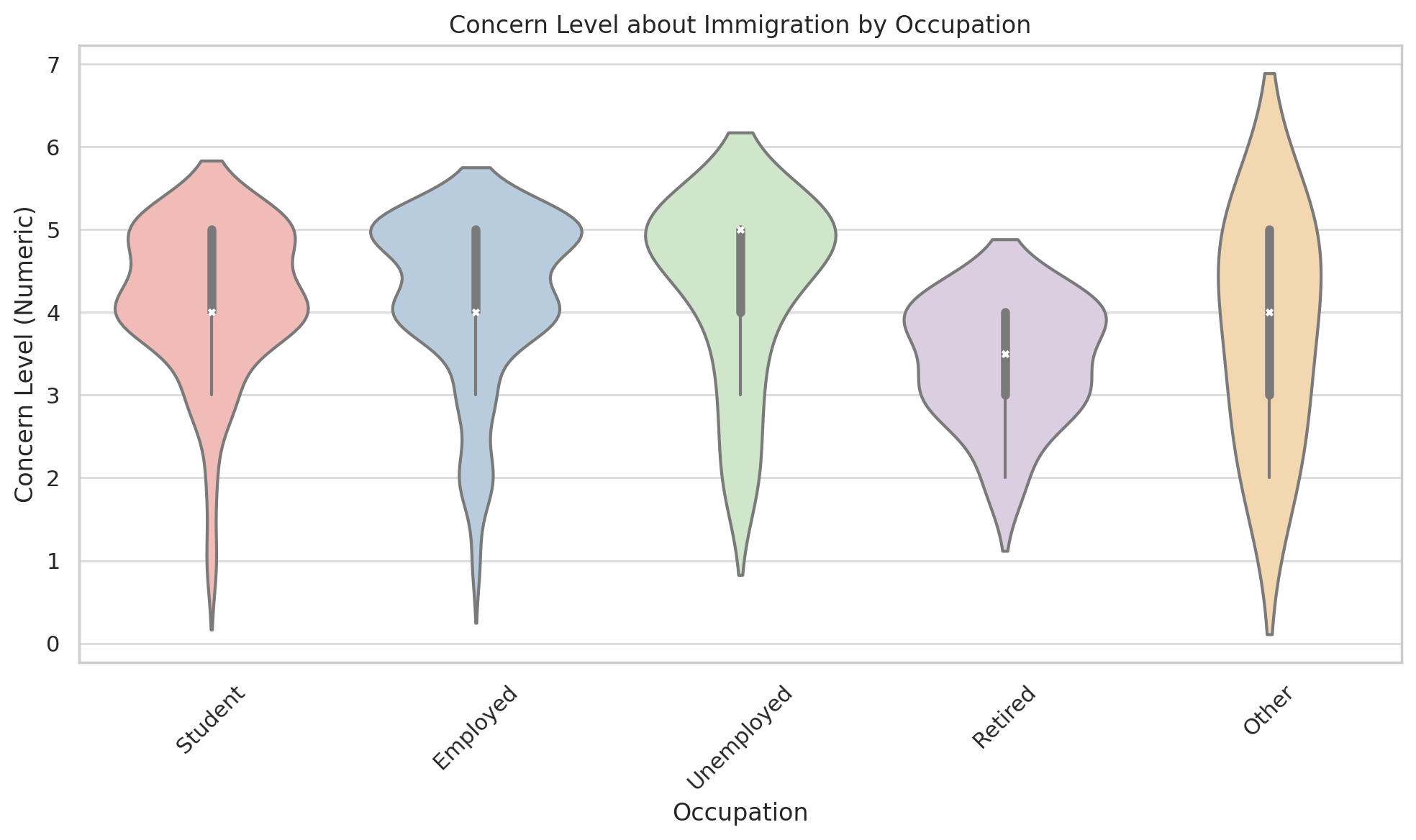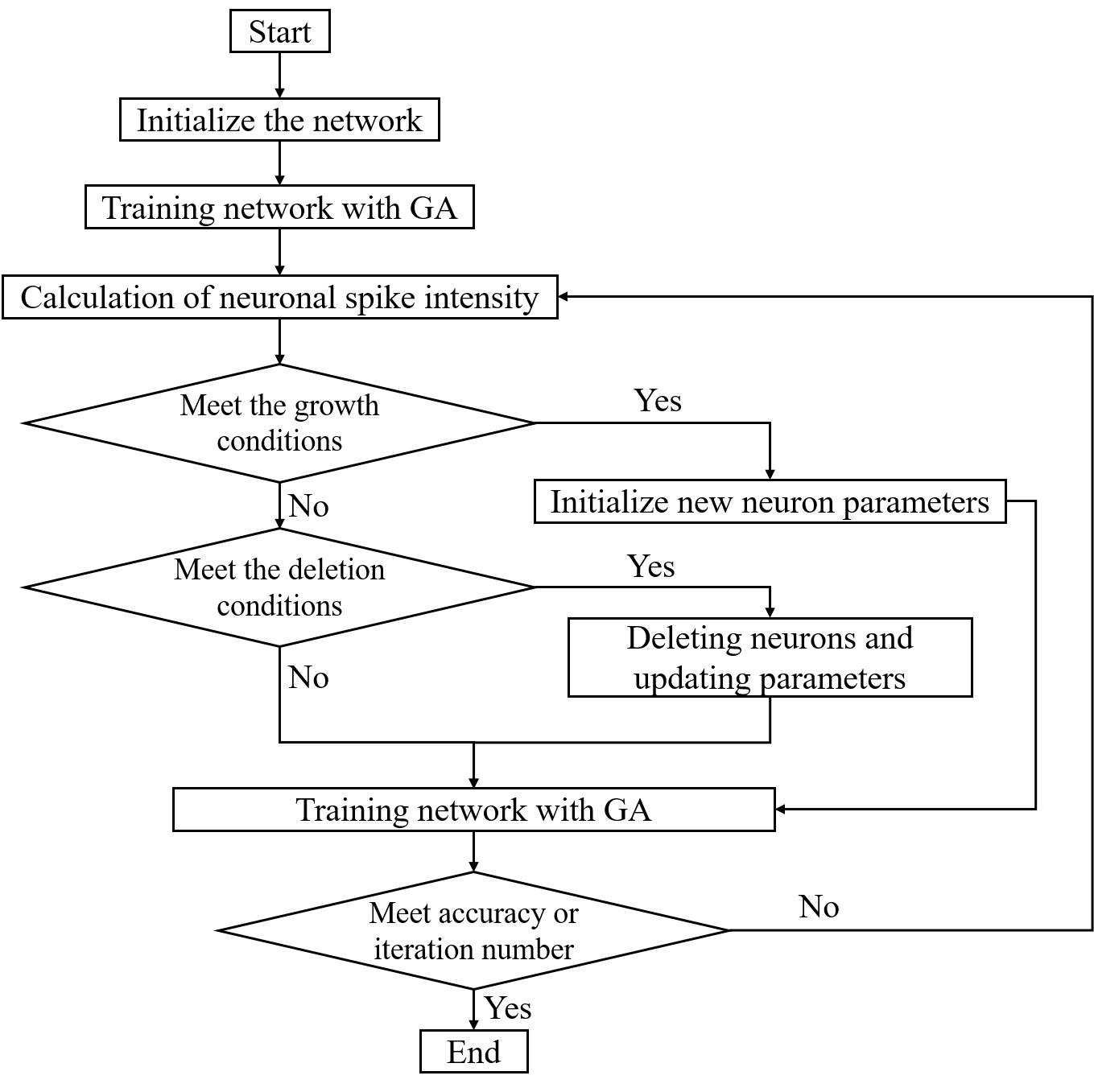 An open access journal
An open access journal
Cybersecurity in the Digital Age: Protecting Data and Privacy
Abstract
Cybersecurity plays a critical role in safeguarding data and privacy in the digital age, where cyber threats are increasingly sophisticated and pervasive. This paper explores the significance of cybersecurity, emphasizing its role in protecting sensitive information, critical infrastructure, and digital assets. It delves into various aspects, including cybersecurity measures, threat detection, and incident response. The discussion includes the benefits of robust cybersecurity practices, such as data integrity, trustworthiness, and business continuity. Moreover, the paper addresses the challenges and considerations in implementing cybersecurity strategies, including evolving threats, compliance requirements, and the shortage of skilled professionals. Through a review of cybersecurity incidents and best practices, the study highlights the positive outcomes associated with the adoption of cybersecurity measures, including the prevention of data breaches and the preservation of digital trust.
Share and Cite
Article Metrics
References
- Anderson, R. (2008). Security engineering: A guide to building dependable distributed systems. John Wiley & Sons.
- Dye, D. L., Fisher, D., & Lai, S. (2010). Cybersecurity threats, impact, and responses in the United States. Homeland Security Affairs, 6(1).
- Schneier, B. (2015). Data and Goliath: The Hidden Battles to Collect Your Data and Control Your World. W. W. Norton & Company.
- Whitman, M. E., & Mattord, H. J. (2011). Principles of Information Security. Cengage Learning.
- Zetter, K. (2014). Countdown to Zero Day: Stuxnet and the Launch of the World's First Digital Weapon. Crown.






